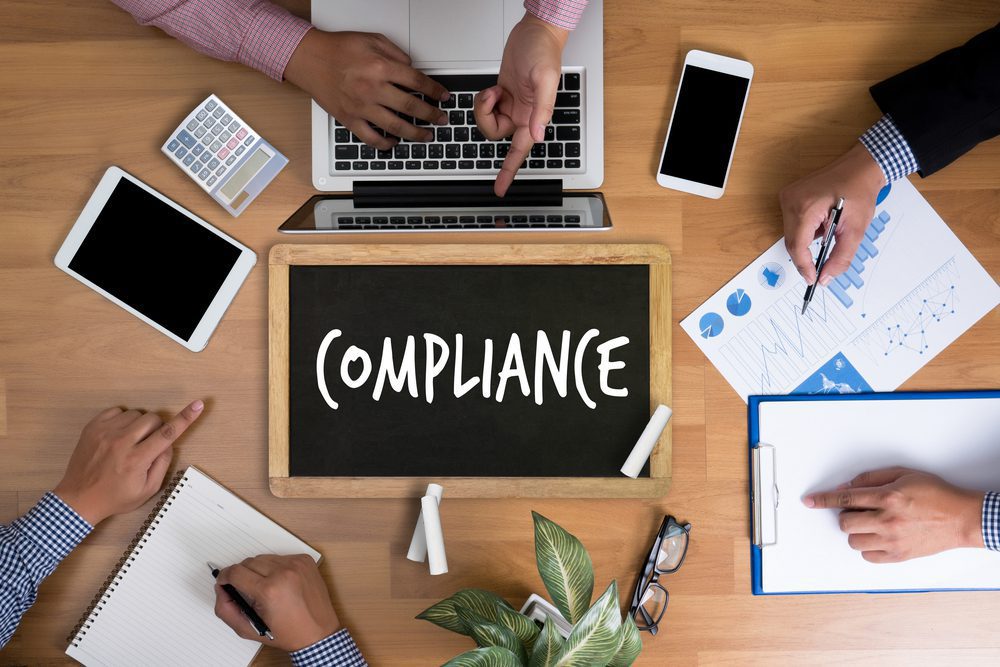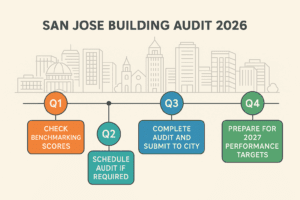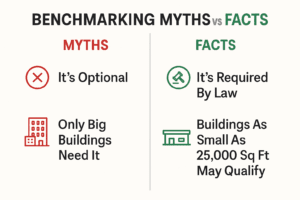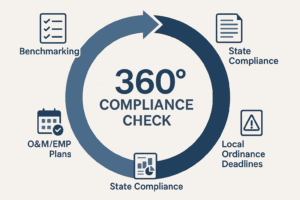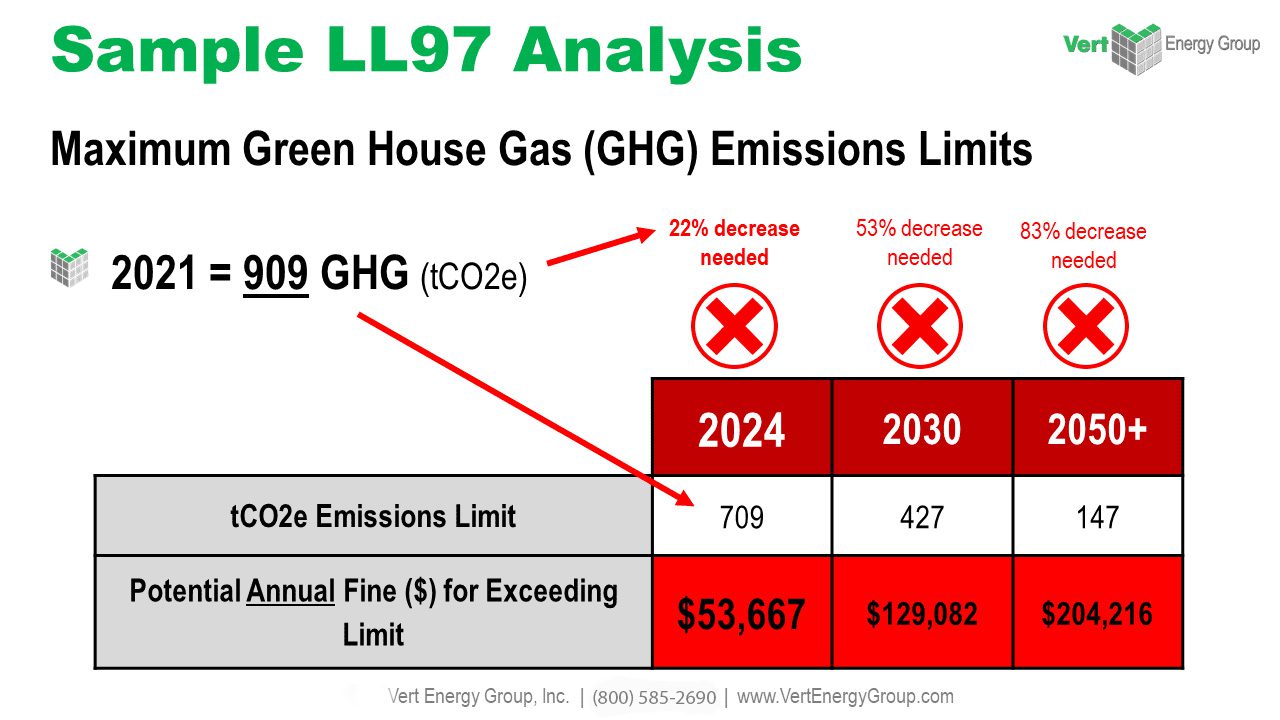We all know energy conservation is essential to protect our environment and maximize resources. But, have you ever wondered if there are ways you can implement better energy efficiency practices? An energy audit is an effective tool that allows businesses and organizations in different sectors to identify areas where they may be wasting unnecessary energy and thus improve their overall performance. In this post, we’ll explore the importance of an energy audit in various industries and provide some useful techniques to increase your business’s efficiency levels. Read on to learn more!
What Is Energy Benchmark Compliance?
Energy benchmark compliance involves tracking and analyzing a building’s energy consumption. It is a comprehensive approach to managing energy use more efficiently in commercial buildings. This complaint helps measure progress and identify areas where a building could reduce its energy consumption to save money by analyzing total use over time and peak and average usage across multiple departments or business units. Through various methods, such as collecting data from utility companies and using software to analyze customer trends and set actionable goals, benchmark compliance helps maintain long-term sustainability. By setting specific standards for energy conservation activities, businesses can maintain a safe, comfortable environment without wasting resources or driving up their energy costs.
How Does Energy Benchmark Compliance Work?
If a building owner is looking to become energy benchmarking compliant, they should use the energy star portfolio manager to track energy performance. The energy star portfolio manager provides energy tracking and reporting of multifamily residential buildings’ energy and water usage so that owners can identify areas of improvement. Building owners can then see where energy is being used or wasted and compare their energy performance against similar buildings across the United States, allowing them to save money on future energy costs.
What Is The Cost Of Energy Benchmarking Compliance?
The cost of energy benchmarking compliance varies depending on building size, condition of the building, level of reporting required, and other factors. The benefits of implementing an energy benchmarking program can be numerous, such as savings on energy costs and improved tenant satisfaction. In some cases, organizations may also receive substantial rebates for investing in energy efficiency measures. Depending on the organization’s goals, professional services or a dedicated employee may be necessary to ensure requirements are met and the potential savings from a benchmarking program are realized. As a whole, energy benchmarking requires an initial up-front commitment in terms of both money and time – but that’s a small price to pay when you compare it to the long-term cost savings your organization could enjoy.
Process Of Energy Benchmark Compliance
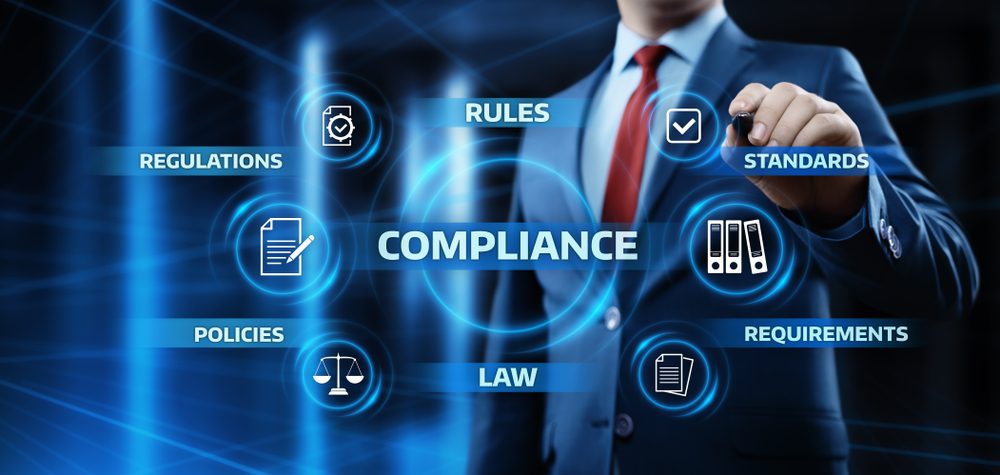
Benchmarking energy efficiency compliance effectively protects the environment while saving businesses money on their energy bills. The process requires evaluating an organization’s building and energy use before seeking certification from the Environmental Protection Agency Energy Star program. This certification will document how much energy is used in a particular business’s operations, allowing for analysis of how efficiency improvements can yield significant cost savings. Those who qualify for the Energy Star certification receive a badge that publicly distinguishes their environmental credentials, elevating consumer confidence and empowering environmental responsibility. With rigorous environmental protections, organizations can remain confident that their environmental credentials are impeccably valid.
Techniques To Improve The Energy Benchmark Compliance In Building
Here are Techniques To Improve The Energy Benchmark Compliance In Building:
1. Increase Insulation of Building Envelope: Installing or upgrading insulation in the physical building envelope, such as walls and roofs, is one of the most effective means to reduce energy consumption and improve energy efficiency. Proper insulation will ensure that heat does not escape from the building during winter while staying cool during summer.
2. Install Energy-Efficient Windows: Windows are an important source of heat loss or gain in a building, depending on the season. Installing energy-efficient windows with insulated frames and double-paned glass can drastically reduce energy consumption.
3. Upgrade Air Conditioning Systems: Heating and cooling systems are one of the biggest energy consumers in a building. Replacing outdated air conditioning systems with more energy-efficient models that use less electricity can drastically reduce energy consumption and improve benchmark compliance.
4. Upgrade Lighting to LED: Using LED light bulbs over traditional incandescent bulbs is one of the most cost-effective methods for reducing building energy consumption. LEDs also last longer, further reducing maintenance costs.
5. Monitor Energy Performance: Regular energy performance monitoring can help identify and address inefficiencies, improve benchmark compliance, and reduce energy consumption. Proper energy data monitoring tools should be implemented to track energy usage and identify potential areas for improvement.
6. Implement Automated Control Systems: Installing automated control systems to adjust lighting and HVAC to outside temperatures, and occupancy can significantly reduce energy usage. Smart systems can be programmed to react quickly to changes in the environment, ensuring the building stays comfortable while using minimal energy.
7. Install Renewable Energy Sources: Installing renewable energy sources, such as solar panels or wind turbines, is a great way to reduce energy and water consumption and improve benchmark compliance. Renewable energy sources can significantly reduce the building’s carbon footprint, making it more environmentally friendly.
Following these techniques will ensure that a building operates as efficiently as possible while also reducing overall energy costs. In addition to improving benchmark compliance, these techniques can help create a healthier, more sustainable environment. Implementing these strategies will help to create a better future for everyone.
Benefits Of Energy Benchmark Compliance
Let’s check out the benefits of energy benchmark compliance:
1. Improved Efficiency: Ensuring that buildings meet energy efficiency standards will lead to significant savings in operational and maintenance costs. Building owners can track their building’s performance against the benchmark and make modifications to improve the overall efficiency of the building.
2. Increased Value: Buildings that meet or exceed energy benchmark compliance requirements have higher resale value and are more appealing to potential buyers.
3. Environmental Benefits: By reducing the energy used in buildings, compliance with energy benchmarks reduces greenhouse gas emissions and contributes to a healthier environment. This also helps reduce air pollution caused by fossil fuels.
4. Customer Comfort: Compliance with energy benchmark regulations can improve indoor air quality, and reduce drafts and other uncomfortable conditions in buildings. This will help create a more comfortable working environment for occupants.
5. Good Public Relations: Meeting energy benchmarks is viewed favorably by the public and can be used as a marketing tool to attract customers to your business. It also reflects positively on your brand image and helps you stand out from competitors.
6. Cost Savings: Compliance with energy benchmark regulations will help save money on utility bills, maintenance costs, and repairs. Additionally, government incentives are often available to businesses that meet the standards.
Overall, compliance with energy benchmarks can provide potential savings in multiple areas while creating a more sustainable environment for everyone. The long-term benefits of energy benchmark compliance can help businesses save money and increase their competitive advantage.
How Can Compliance Improve Energy Benchmarking?
When it comes to energy benchmarking, compliance can be key. By standardizing energy management processes across an organization through compliance, more reliable and accurate data can be gathered on a large scale. This data can generate data-driven insights on performance, set realistic improvement goals, audit progress, and identify the most successful strategies. Implementing solid compliance procedures increases the quality of the benchmarking process, ensuring that the data being used is verifiable, trustworthy, and tailored specifically to industry needs. Compliance ultimately enables better decision-making and improved accuracy in understanding how far an organization has come with its energy improvement strategies.
Things To Consider When Trying To Improve Energy Benchmark Compliance In Buildings

Here are some things to know:
1. Understand energy use data: Knowing the energy use data of your building is essential for improving energy benchmark compliance. Gather energy usage information regularly and analyze it to identify areas that may need improvement to improve energy efficiency.
2. Take advantage of available resources: Numerous resources are available to help you understand energy benchmarking and uses. Take advantage of energy benchmarking programs, energy audits, energy efficiency tools, and other energy-related services to help you better understand your energy use benchmarking data and how to improve it.
3. Make improvements: Once you have identified areas that require energy efficiency improvements, start making necessary changes. Upgrade existing equipment, install energy-efficient fixtures, and conduct regular maintenance to reduce energy consumption.
4. Monitor progress: Once improvements have been made, monitor your building’s energy use data consistently to ensure that it meets the benchmark requirements. Review results regularly and make necessary adjustments to maintain compliance and optimize performance.
5. Seek external assistance: If you require additional assistance, reach out to an energy consultant or third-party service provider who can guide and advise on improving your building’s energy benchmark compliance.
By understanding the data, taking advantage of available resources, making improvements, monitoring progress, and seeking outside help, you can ensure your building meets energy benchmark compliance and improve its overall energy efficiency.
The Bottom Line
Following the correct steps and techniques can improve your energy benchmark compliance rating for buildings. Implementing these changes will save you money and help conserve energy and protect the environment.
